To calculate Alcohol By Volume (ABV) using Original Gravity (OG) and Final Gravity (FG), you can use this formula: (OG – FG) x 131.25 = ABV. For example, if your OG is 1.050 and FG is 1.010, subtract 1.010 from 1.050 to get 0.040. Multiply that by 131.25 to yield an ABV of 5.25%. Remember to measure temperature adjustments for accuracy and verify your hydrometer is calibrated for best results. There’s more to explore about gravity measurements and their effects.
At a Glance
- The ABV formula is calculated as: ABV = (OG – FG) x 131.25, where OG is Original Gravity and FG is Final Gravity.
- Accurate OG and FG measurements are essential for reliable ABV calculations.
- Use a calibrated hydrometer for precise readings of OG and FG.
- Consider temperature adjustments to ensure accurate hydrometer measurements.
- Higher original gravity typically indicates a potential for higher alcohol content post-fermentation.
Understanding Alcohol By Volume (ABV)
Helpful Hints:
- Always calibrate your hydrometer.
- Record measurements consistently.
- Understanding the specific gravity changes during fermentation can help you monitor the fermentation process effectively.
The Role of Original Gravity (OG) in Brewing
When brewing beer, measuring the Original Gravity (OG) is a fundamental step that helps you understand the potential alcohol content of your creation.
This original gravity reading measures the density of sugars in the wort before fermentation. Using a hydrometer or refractometer, you can determine the OG, typically expressed in specific gravity (SG). A higher OG indicates more fermentable sugars, which can lead to a greater alcohol by volume (ABV) if fermentation is successful.
Remember, accurate readings are essential for estimating ABV since the difference between OG and final gravity readings guides the calculation process effectively. Additionally, using quality hydrometer products can enhance the accuracy of your measurements.
Helpful Hints:
- Measure OG at 60°F (15.6°C) for accuracy.
- Record all readings for consistent results.
Final Gravity (FG) and Its Impact on Beer Flavor
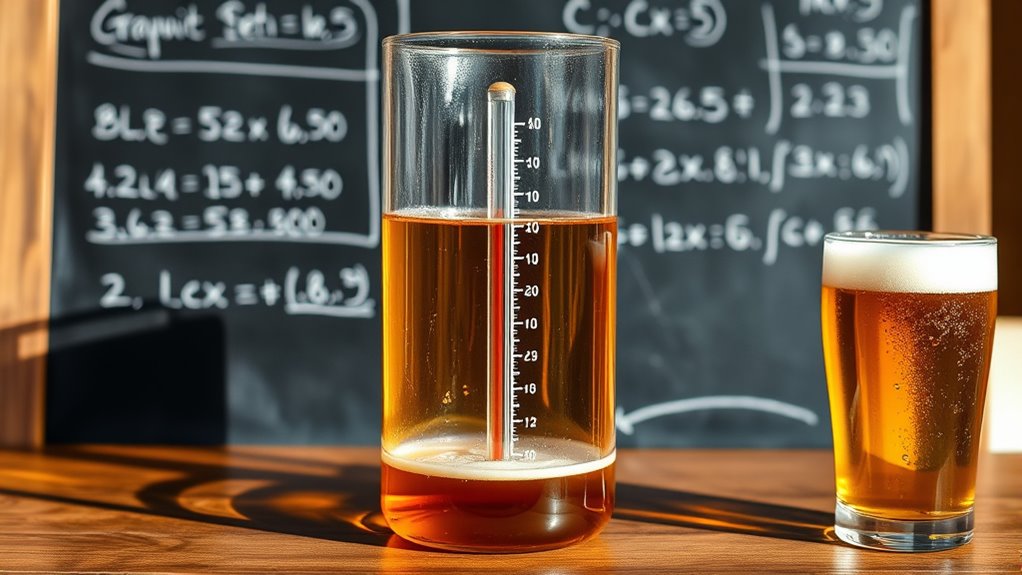
Final Gravity (FG) plays an essential role in determining the final profile of your beer, as it indicates the density of the liquid after fermentation has taken place.
A lower FG typically results in a drier beer, while a higher FG suggests sweetness from residual sugars. This balance impacts mouthfeel and food pairing, enhancing your brewing innovation.
Remember, FG readings can also affect perceived alcohol content; a higher FG often correlates with a lower Alcohol by Volume (ABV).
Variations in FG stem from yeast strains and fermentation temperatures, contributing to unique flavor profiles that challenge your original gravity expectations. Additionally, slow fermentation can lead to unexpected FG readings due to factors such as inadequate yeast health or fermentation temperatures.
Helpful Hints:
- Experiment with different yeast strains.
- Monitor fermentation temperatures.
Calculating ABV: The Standard Formula Explained
Helpful Hints:
- Always calibrate your hydrometer.
- Record temperatures for accurate readings.
- Experiment with different gravity levels for unique flavors.
Alternate Methods for ABV Calculation
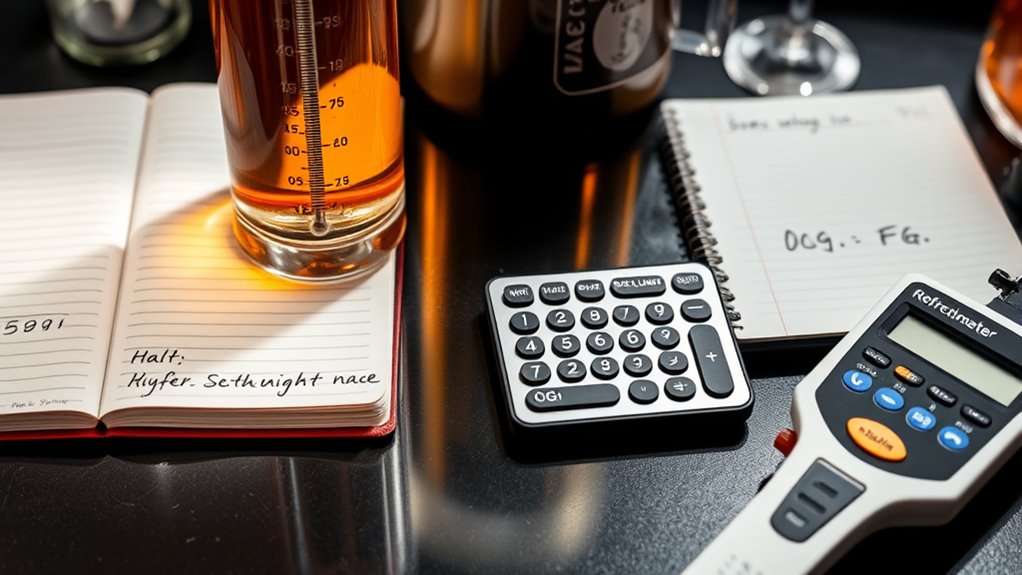
Helpful Hints
- Experiment with different OG and FG values.
- Validate results through testing.
Tools and Techniques for Accurate Gravity Measurements
Accurate gravity measurements are essential for understanding the fermentation process and calculating alcohol by volume (ABV).
Accurate gravity measurements are crucial for mastering fermentation and determining alcohol by volume (ABV).
To guarantee precision, consider these tools and techniques:
- Hydrometers: Use these for measuring both original gravity (OG) and final gravity (FG).
- Temperature Adjustment: Always adjust your hydrometer readings for temperature variations using a correction scale.
- Refractometers: These can quickly measure specific gravity but may require additional calculations for accurate FG readings. Additionally, investing in quality refractometer products can enhance the reliability of your measurements.
Regularly calibrate your tools, and make sure your samples are clear and bubble-free.
This diligence will lead to reliable hydrometer readings and enhance your brewing experience.
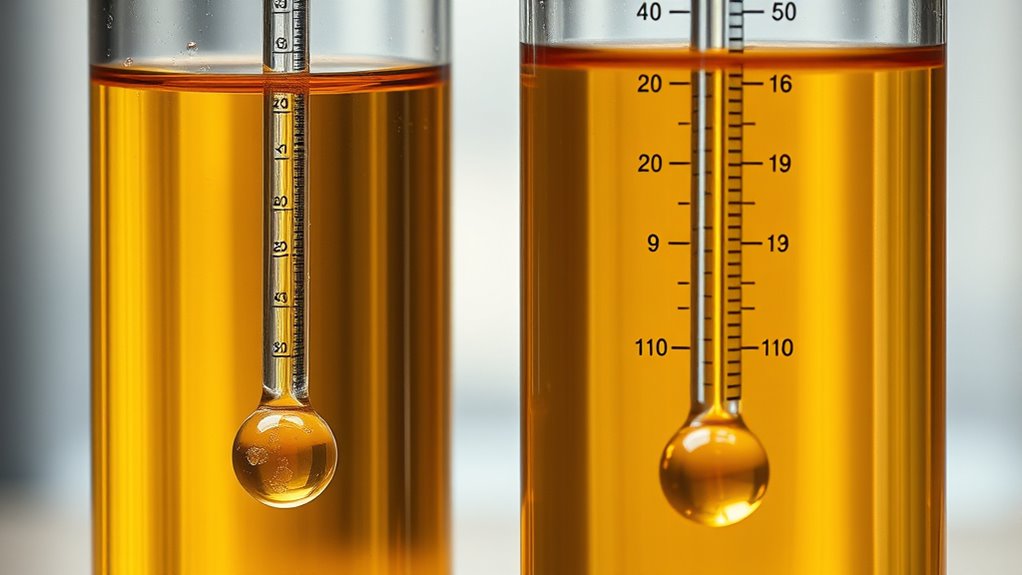
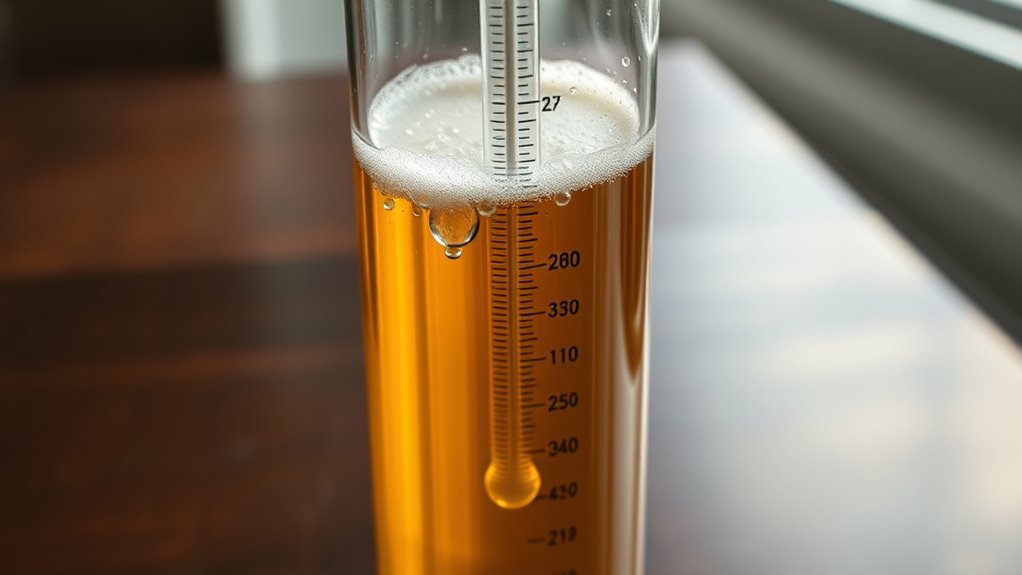
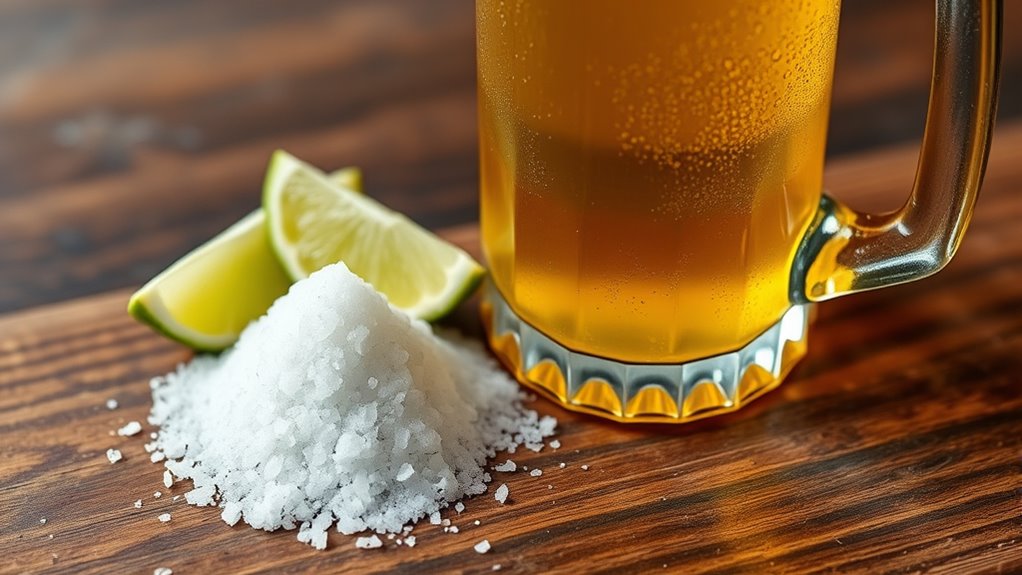
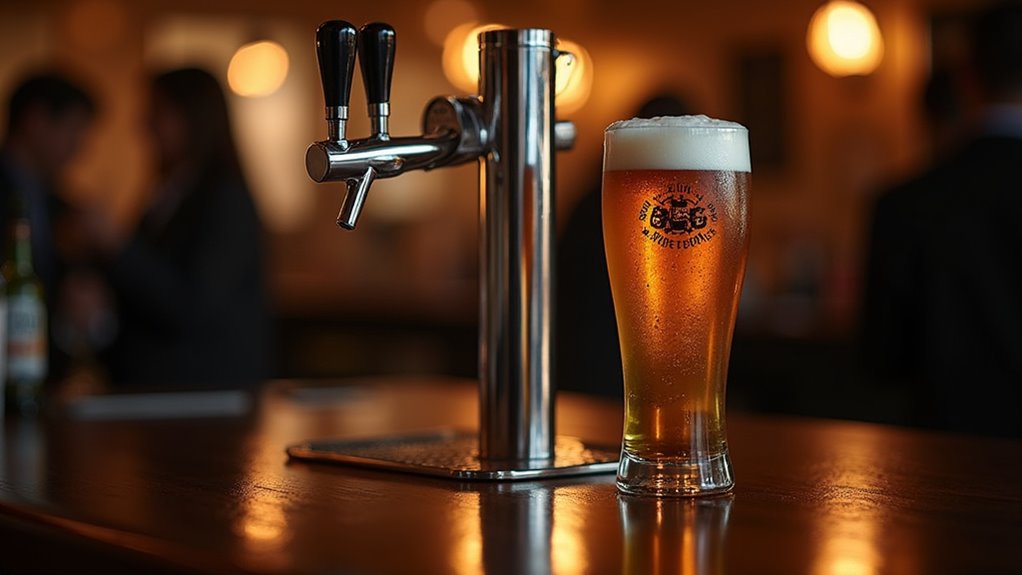
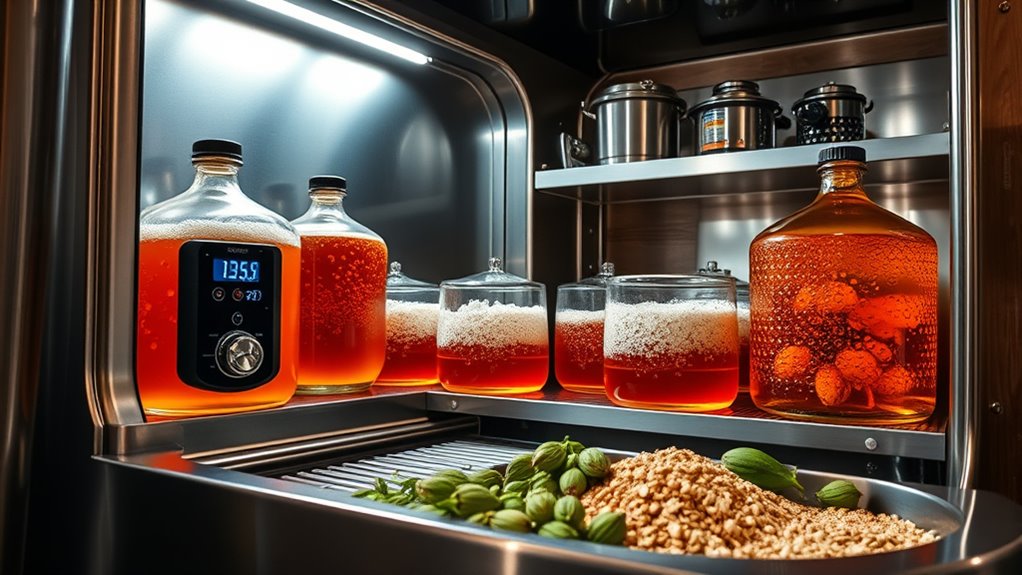
1 comment
Comments are closed.